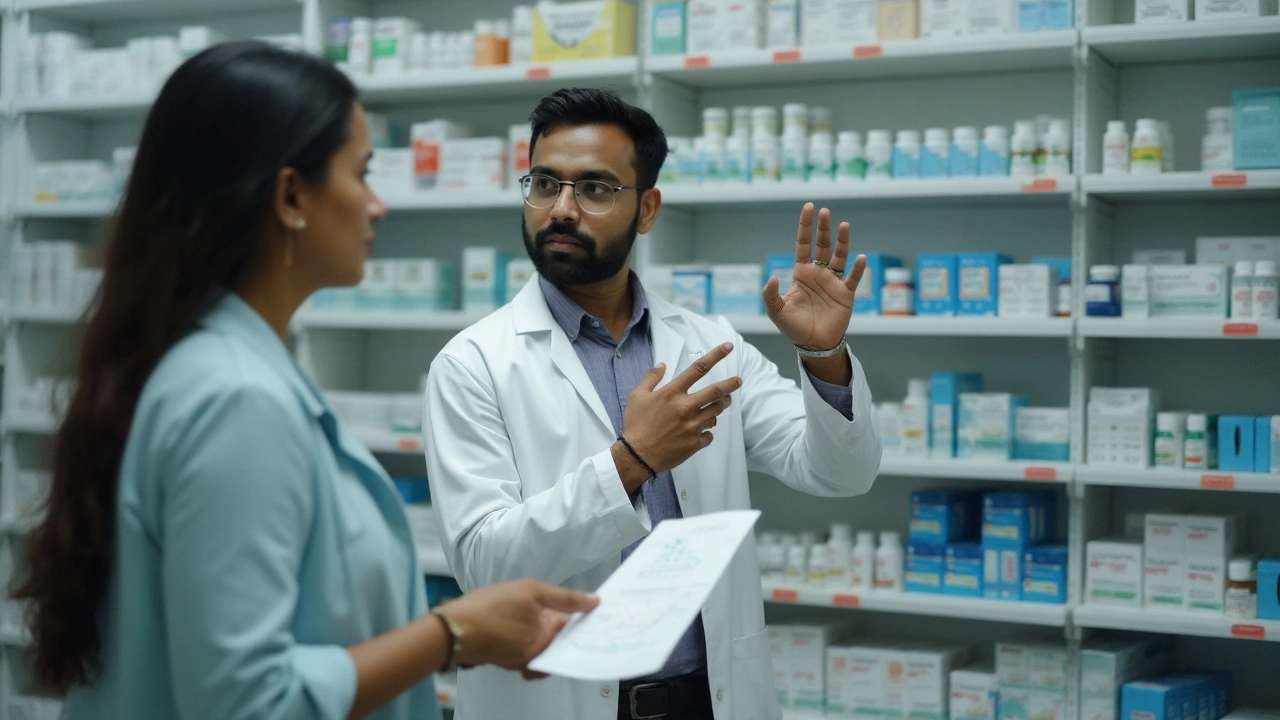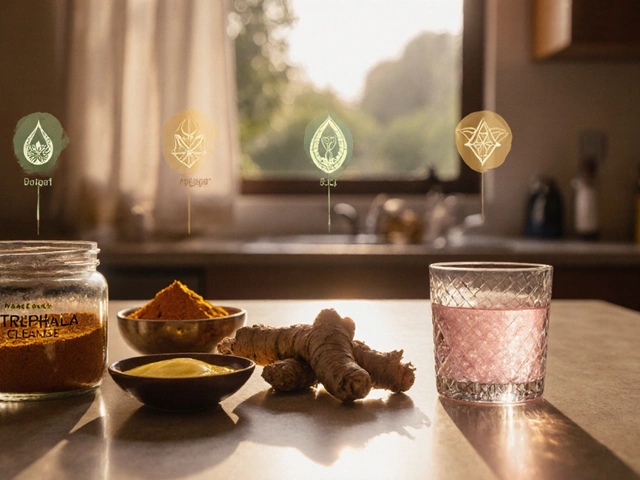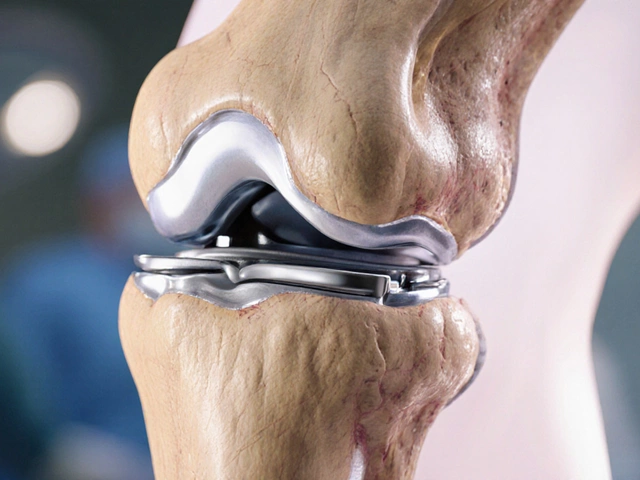Narcotic: What They Are, Why They Matter, and How to Stay Safe
If you’ve heard the word “narcotic” on the news or in a doctor’s office, you might wonder what it actually means. In simple terms, a narcotic is any drug that can relieve severe pain but also has the power to cause dependence or abuse. In India, narcotics include strong opioids like morphine, fentanyl, and some synthetic painkillers.
Doctors prescribe narcotics when other pain relievers aren’t enough – for example after major surgery, serious injuries, or terminal illnesses. The goal is to control pain so patients can rest, heal, and keep a decent quality of life. When used exactly as instructed, these drugs are a valuable tool in modern medicine.
Medical Uses of Narcotics
In a hospital, a nurse might give a patient a small dose of morphine after a knee replacement. The dosage is carefully calculated based on weight, age, and overall health. Outside the hospital, doctors may write a short prescription for a few days of oxycodone after a dental extraction. The key is that the prescription is short, the dose is low, and the patient is monitored.
India’s Ministry of Health regulates which narcotics can be prescribed and how they are stored. Pharmacies must keep a separate, locked cabinet for these medicines, and every sale is recorded in a central database. This tracking helps prevent theft and illegal resale.
Risks and Safe Practices
Even when taken correctly, narcotics can cause side effects like drowsiness, constipation, or nausea. More serious is the risk of dependence – the body starts to rely on the drug, making it hard to stop without medical help. That’s why doctors usually limit the amount and duration of use.
If you have a narcotic prescription, follow these simple steps: take the exact dose at the scheduled times, never share the medication, and store it out of reach of children. If you notice unusual cravings, mood swings, or trouble sleeping, contact your doctor right away. Early adjustment can prevent a larger problem.
People sometimes try to get narcotics without a prescription, buying them online or from unlicensed sellers. Those drugs are often counterfeit, contaminated, or far stronger than advertised. Using them can lead to overdose, which in India is a medical emergency requiring immediate CPR and naloxone administration.
Family members can help by keeping an eye on prescription use. Ask your loved one to show the pill bottle, discuss how they feel, and encourage open conversation about any concerns. Supportive dialogue often catches misuse before it becomes dangerous.
India also runs community programs that educate schools and workplaces about safe drug use. These programs teach people how to recognize signs of abuse and where to find help, such as counseling centers or de‑addiction clinics.
In summary, narcotics are powerful medicines that can ease real pain when doctors use them responsibly. Knowing the legal rules, watching for side effects, and staying honest with your healthcare provider are the best ways to stay safe. If you ever feel unsure, a quick call to your doctor or pharmacist can clear things up and keep you on the right track.





